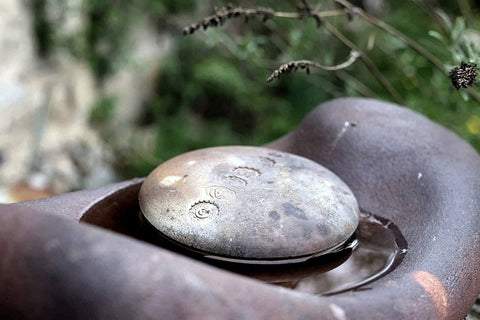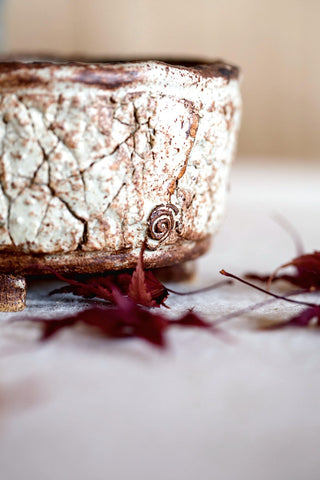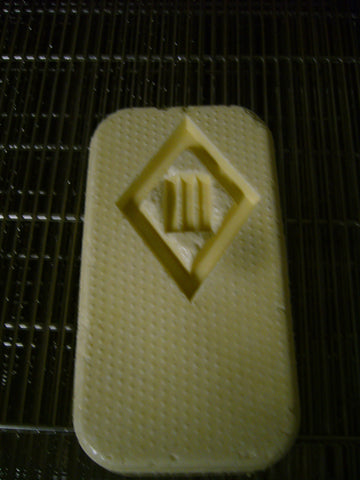Ceramics inspiration

Pottery is nearly old as civilization itself. It emerged
independently all over the world and each
culture had its own approach. In time different disciplines have evolved from these approaches.

The first thing that people associate with pottery is wheel-throwing, but there are many different disciplines each with their own masters. In today's globalized world we can
pursue a variety of these disciplines at the same time, some of which intersect and complement each other.

We will now try to show you how we approached some of them at Relyef.

How to correctly prepare clay for stamping
Each stamp may require different clay or clay in a different drying stage. For most creations, the clay needs to be settled/ dry enough (somewhere between wet clay and leather-hard stage) to ensure that deformations to the vessel do not happen. Look at the photo of the chakra stamps. The last stamp has a very detailed and delicate pattern. Its imprint can be ruined if the clay was in the wrong state of drying.
1. Throwing - hand building, trimming
2. Slab Building
3. Templating
4. Scraping
5. Coiling


6. Slipcasting


7. Extruding
8. Pinching

9. Batting

10. Firing - coal, wood, raku, gas fired
rocket kiln, use of ash in a wood kiln


































